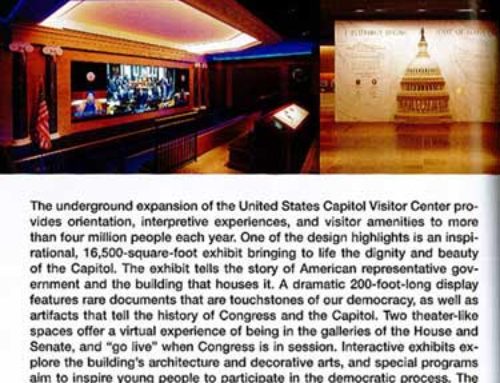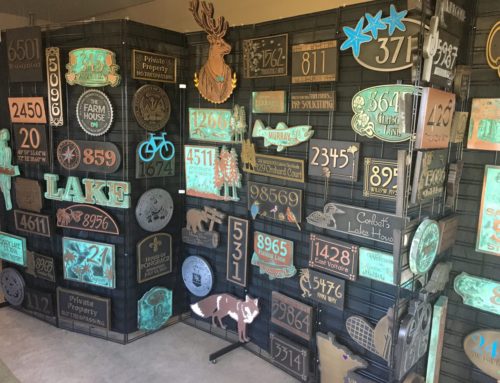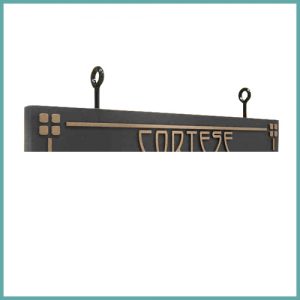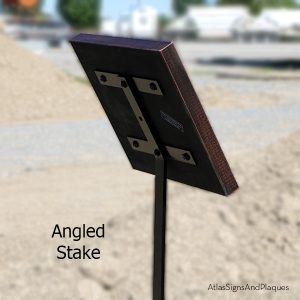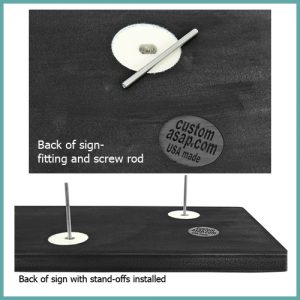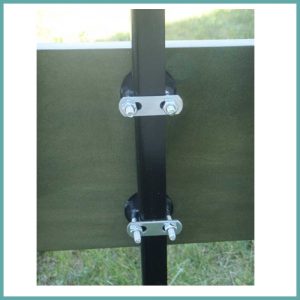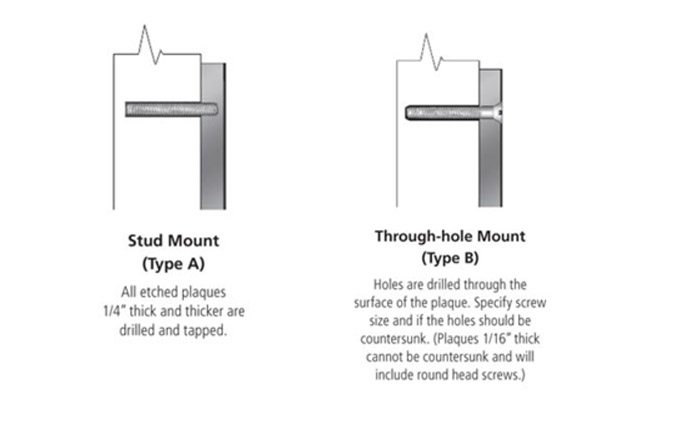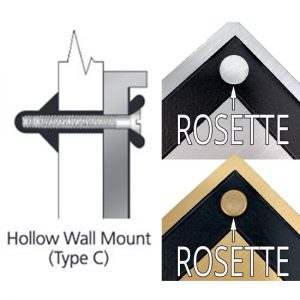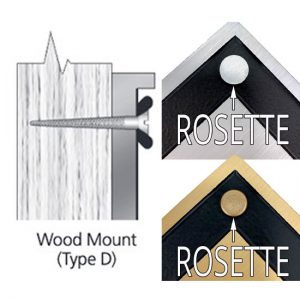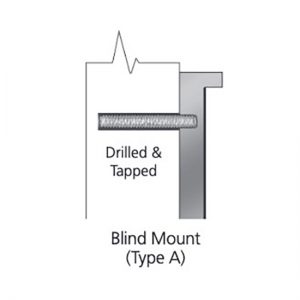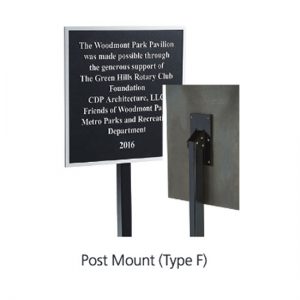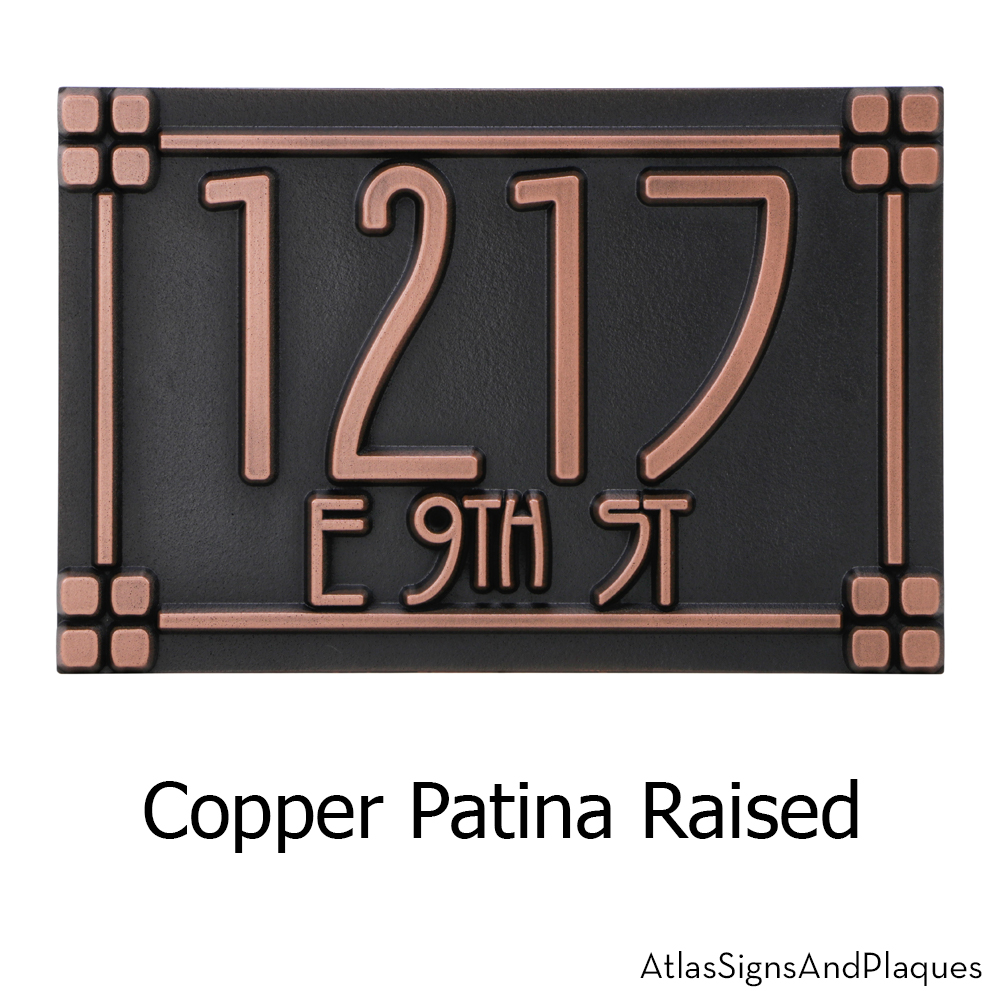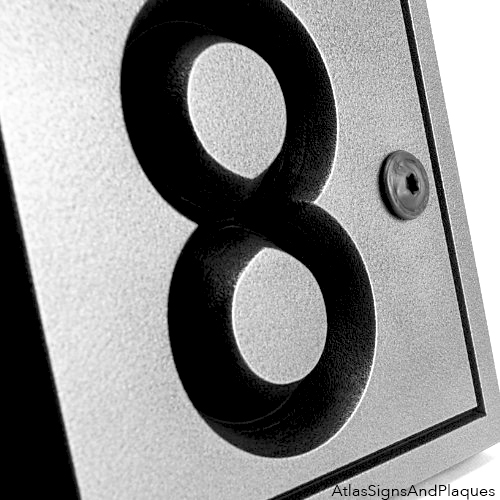Readying and Applying Metal Patina
Day 7: January 22, 2009. With the spray application of LuminOre® Bronze completed, the outer frame project is nearing the half-way point. The sprayed metal requires some time to cure and fully harden prior to the finishing steps. Despite the frigid temperatures, shop heat is left at 74 degrees overnight to aid the process. We can’t wait to see the gas bill for this month.
During the cure process, the metal coating develops a bit of a sticky glaze on the outside which must be removed before patination and final finishing. Again, mostly hand work. We usually remove the glaze with a light abrasive blast, and this was no exception. Some of day 7 is spent sandblasting, but the remainder of our time is used to hand-tune the frame surface so we have a nice even metal base that will take the patina and give the desired patinated finish. Of course, more hand rubbing. All of us are getting toned and fit from all the handwork!
Day 8: Patination begins. Patina application is a process with variables that affect the final outcome. Patinas allow the metal to change using acids and other chemicals. Their effect can vary with temperature, humidity, dilution, application method, amount of time they are on the surface before rinsing, and even the variability of the tap water used. All-in-all, a process that is more art than mechanics. Each of the outer frames is made from 12 separate pieces that must, when hung in the Capitol Visitor Center, somewhat match. In order to have consistency throughout the patination process, we placed the frame pieces in order so we could “flow” naturally from one segment to the next. This is always an issue because the patina will change through the day as the ambient shop conditions fluctuate.
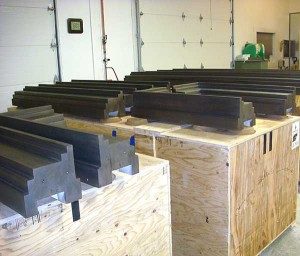
Notice the Difference a Little Patina Makes
Day 9: Patina process continues. Day 8 ends with 12 of the 24 outer frame segments completed. After the patina solution is allowed to sit and the color develops, it needs to be removed to stop the process. A hose and tap water is used on larger projects. So, as each piece comes to the proper color, it is flushed thoroughly. A process that leaves the chief patinator cold, and waterlogged from hat to shoes.
Day 10: Final inspection. All looks great! Next step is the application of the clearcoat. Since LuminOre® is real metal, it has all the properties of the metal applied. This means that it will tarnish and change over time. The patination process speeds this natural progress, but the metal will continue to age unless stopped by locking out oxygen and moisture. Many times Metal Facades (now Atlas Signs and Plaques) completes projects where the client specifies that we do not apply a clearcoat allowing natural, but much slower, aging to occur.
Continued: United States Capitol Visitor Center – Days 11-14



